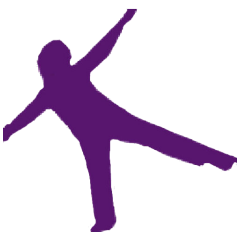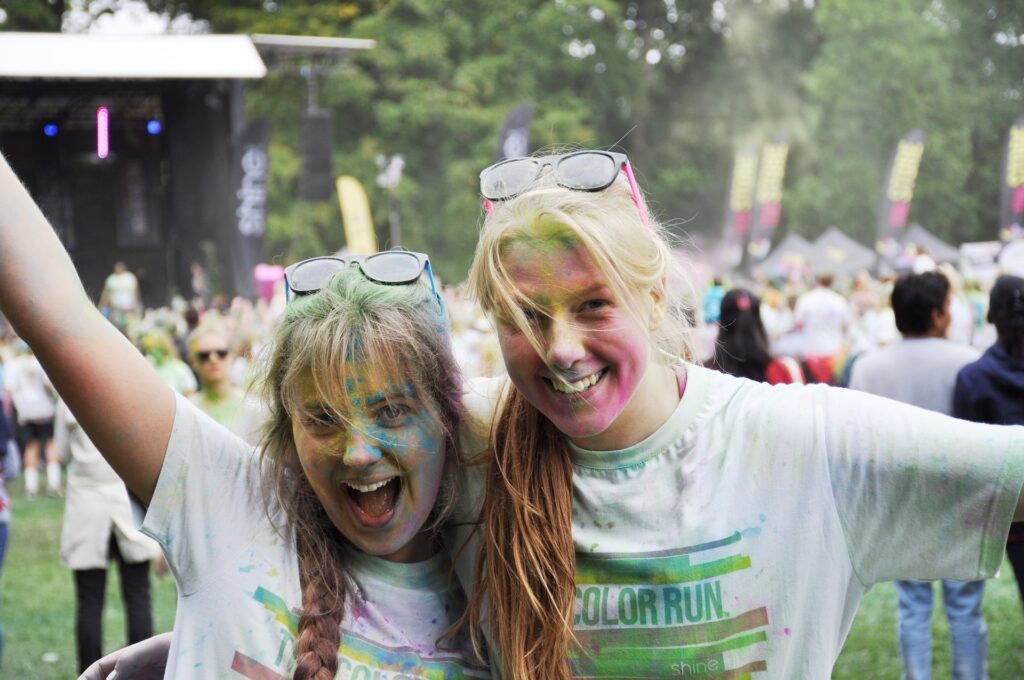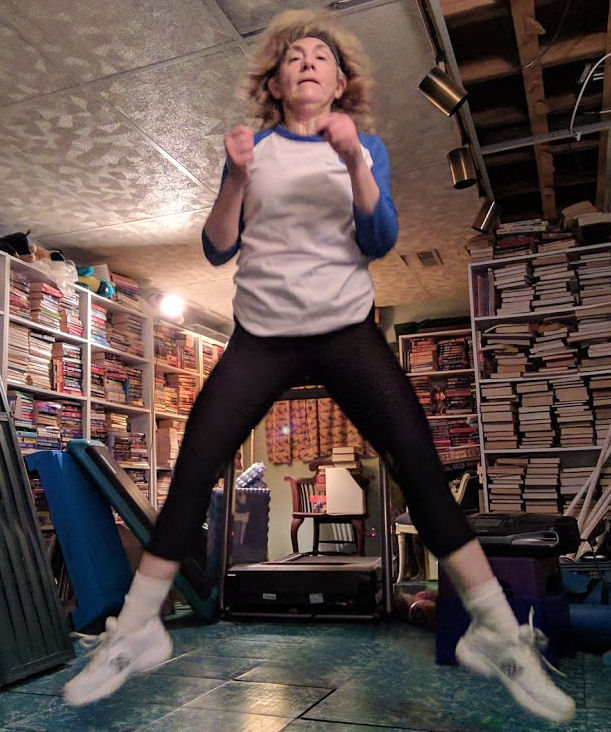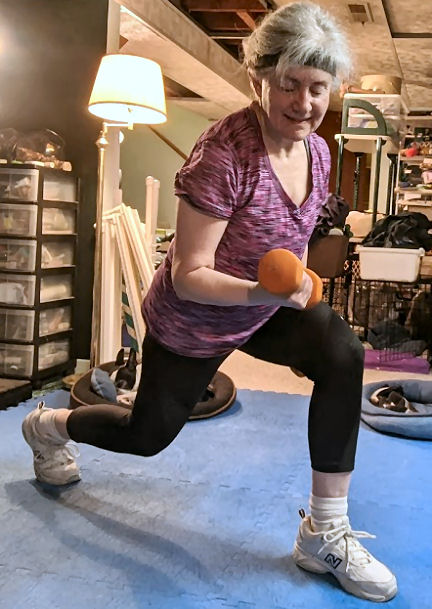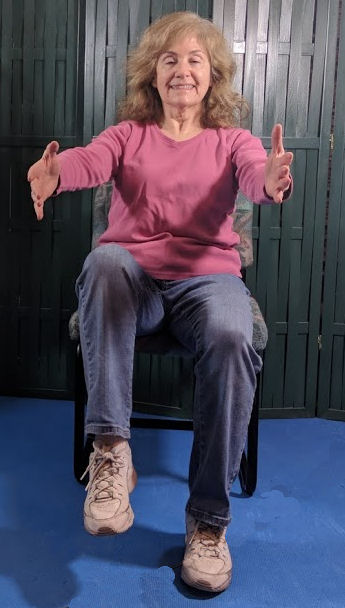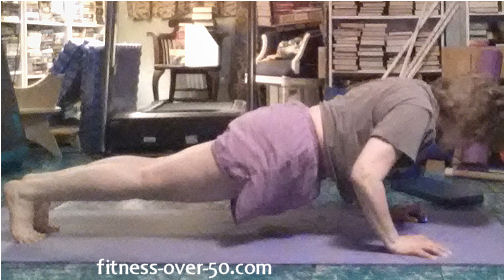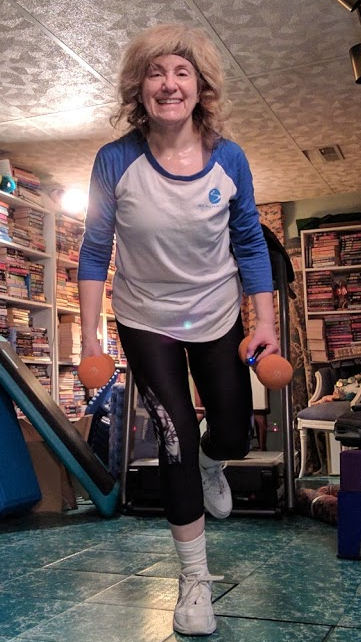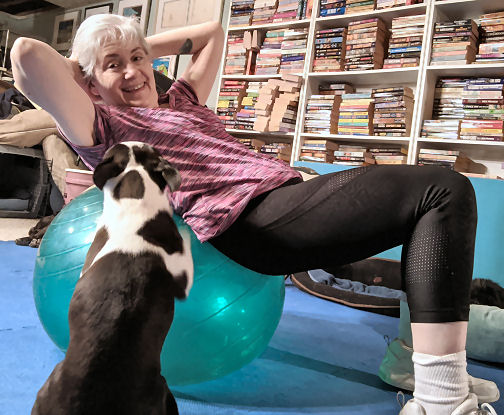Your workout may be easier with a friend. After all, you’ll be sharing the misery. What’s that old saying – “Misery loves company?” Is that because if it’s shared it doesn’t feel like torture? Or because you can laugh at each other’s funny faces as you grimace through the hard parts?
You’re doing the work
Exercise, unless you’re doing specific pairs exercises, though, is a solitary endeavor. When you run, it’s your legs doing the work. Not someone else’s. It’s you who is lifting that heavy weight. You’re the one who is struggling to stay on her feet as you near the finish line. And you are the only one responsible for your success – or your failure.
A friend’s motivation can help
But a friend can really keep you motivated on your fitness journey. It’s not easy at the best of times to stay on the straight and narrow path of an exercise program. Someone to talk to, to commiserate with, can help you stick with your plan. You may hate the same exercises, and dread when a certain yoga pose is coming up in the flow. And you can agree that the best part of a workout is the final stretch and cool-down.
You don’t even have to be together
But in these days of pandemic separation, how do you exercise with a friend? Many gyms have closed. You’re nervous about being out of breath with a mask on. You don’t even want to be close to other people.
To get the support of a friend, though, you don’t actually have to exercise together or even do the same workout. You can both exercise and then arrange to get on a Zoom or Facetime call at a specific time to talk about your respective workouts. That might even be more fun than exercising together – because it’s really hard to talk if your workout is effective! You’ll have the accountability we all need to stick to an exercise program. And it’s fun to complain with someone who knows exactly what you’re experiencing.
Important for support and accountability
I wrote about the importance of having your friends and family support your healthy lifestyle plan a while ago. It’s still important to have that support and accountability. Your friends and family are your support system, which we all need to be happy and resilient these days. Yes, it’s possible to go it alone. You can stick to any plan you design. But it’s easier with others.
